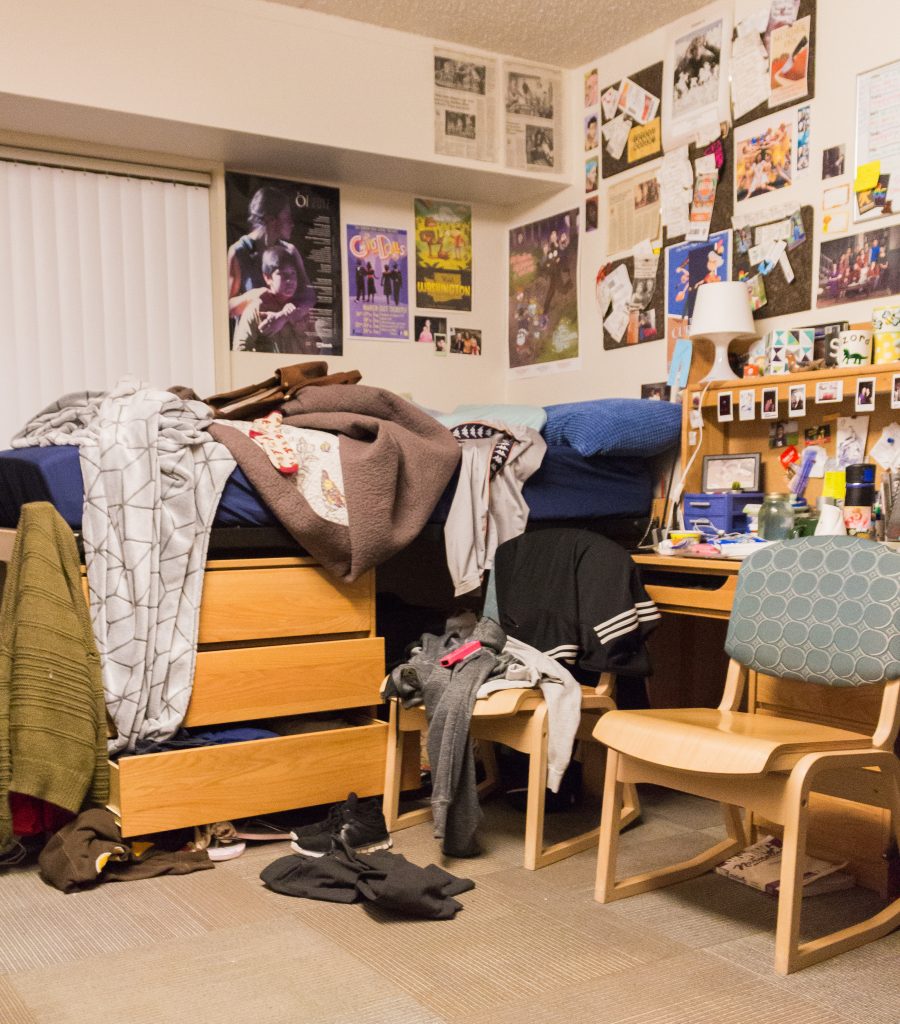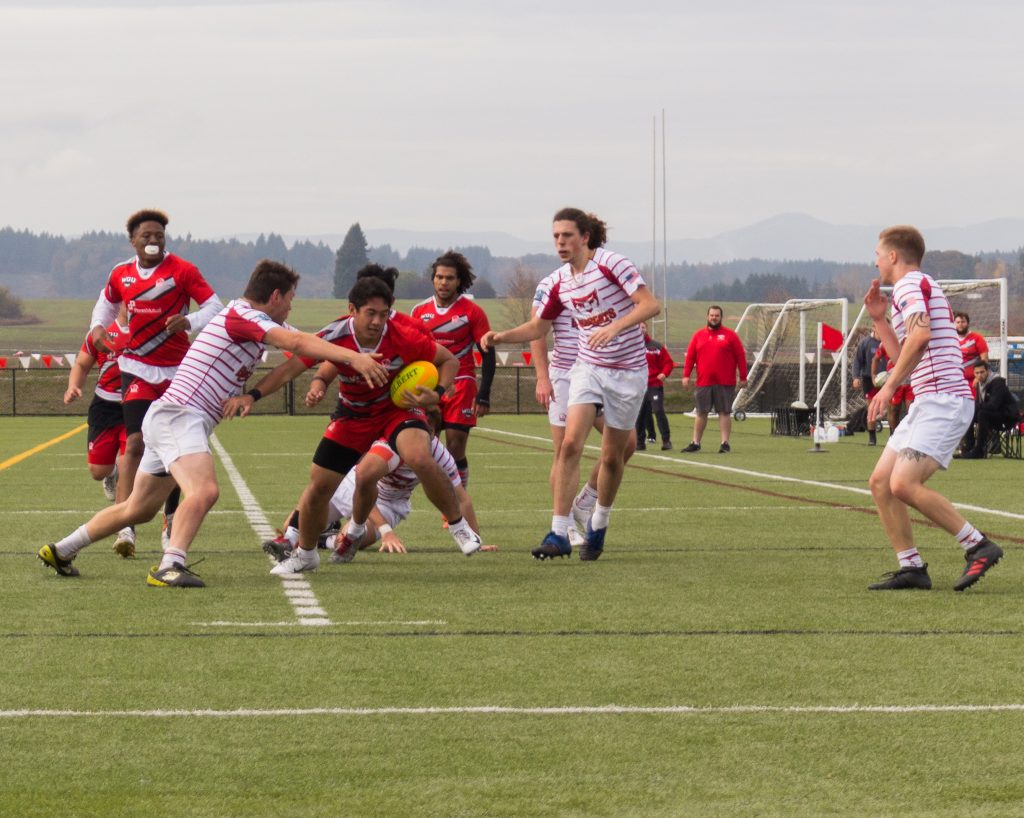
Rebecca Meyers | Lifestyle editor
For most people, part of the college experience is finding and living with a roommate. Sometimes it’s a friend or acquaintance, but other times students have to wade through their options of strangers to find one they’re comfortable living with. In these cases, there are specific things to look for when considering living with someone. While not all roommates end up best friends forever, a living situation should be more than just tolerable. When looked for, these things can help turn a potential nightmare roommate story into a friendship one.
- Communication: Being a good communicator is a good sign that someone will make a good roommate in all stages of the search. This kind of person can be depended on to communicate when they decide to sign the lease, what they expect from their roommates and what will work best in their living situation. This may seem intimidating at times, but being straightforward will help resolve issues before they grow and start to become disruptive.
- Socialization levels: Everyone is slightly different when it comes to how and how much they socialize at home. Some like throwing ragers regularly with as many people as possible while others prefer to keep their homes relatively quiet and secluded. Neither is better or worse, but people on opposite ends of the spectrum are unlikely to agree on how open their home should be.
- Real life experience: Every so often, there is an encounter with someone unadjusted to living on their own. This may not be a dealbreaker for everyone, but it should be considered for those who might get annoyed by someone who doesn’t know how to cook for themselves or do household chores.
- Responsibility: Some students may look to their classmates when searching for a roommate. The opportunity that comes with this is to observe how organized or responsible they are with their schoolwork and decide whether this is a good indicator of what kind of roommate they will be. If their homework is consistently late, it may be a good idea to first make sure they won’t do the same with their rent.
- Independence: In an ideal world, roommates would always end up good friends that enjoy spending time together. However, some people just need someone to help pay the bills. During the initial search, clarifying the amount of involvement desired in each others’ lives can help eliminate future conflicts or misunderstandings. Also, while it’s good to be able to depend on roommates when in need, dependence at a certain degree can cause tensions.
- Pet peeves: One of the challenges of finding a roommate can be that everyone comes from different backgrounds, lifestyles and habits. As a result, something that might seem minor to one person can be extremely irritating to another. Cleanliness, whether lack of it or obsession with it, is the most common example of this that can lead to roommates falling out. Discussing pet peeves and lifestyle preferences before hand can save the trouble of roommate drama.
- Timeline: For students, it’s usually fairly easy to determine how long they’ll be needing to stay in one place based on how long they have until they graduate, or if they plan to stay in Monmouth after doing so. Sometimes, however, people need to leave or find a new place in the middle of the school year, when it’s hardest to find someone to replace them. Some graduate in a term other than spring, or take terms off and need to move. This can sometimes create a revolving door of roommates that only need temporary homes and can create anxiety from the inconsistency of having someone to help pay rent.
Contact the author at howllifestyle@mail.wou.edu
Photo courtesy of Ashlynn Norton









